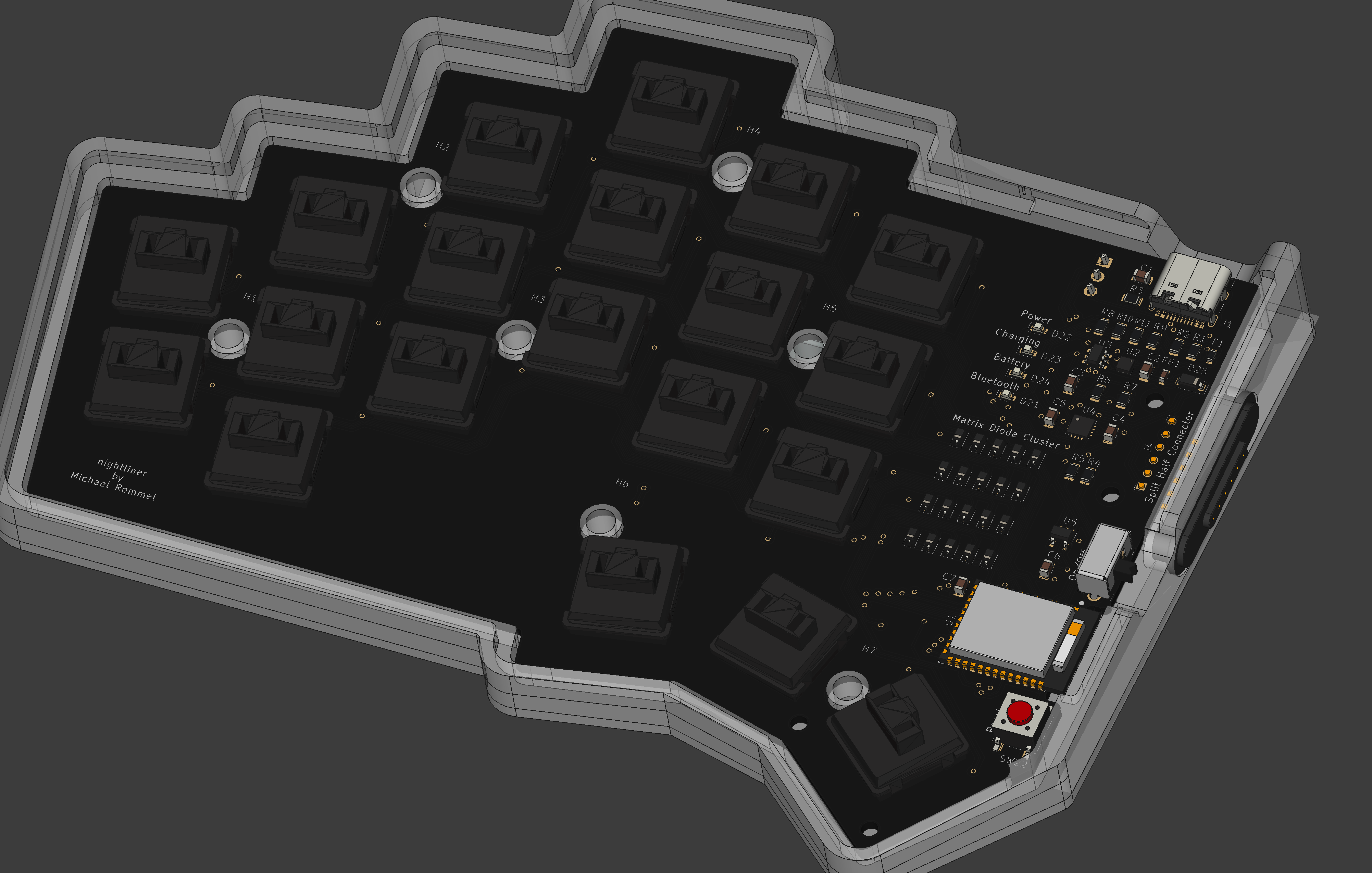Thank you for raising this. ThreadSafeFlag has acquired a clear method since I wrote this code.
.clear wasn't documented in the tutorial. I have now remedied this.
At the time the only way to clear down the TSF was to wait for it to be set, then to wait on it. So the purpose of this code
if delay > 0 and self._tsf_ready(): # Ensure ThreadSafeFlag is clear
await self._tsf.wait()
await self._tsf.wait()is to ensure that it waits for an edge. Without the first two lines, if the tsf was already set the delay would start without waiting for an edge. I think this could be reduced to
tsf.clear()
await self._tsf.wait()The delay (if specified) starts on an edge. The purpose of the delay is to rate-limit the callback and the rate of triggering the asynchronous iterator.
You might like to experiment with the sample code to get a feel for the use of the poll mechanism.
Please don't hesitate to ask if you require further clarification.

Dear Peter,
thank you so much for the detailed write ups and examples. I am using your Encoder class in one test project and would like to understand one particular section of the code. I did not find a discussion or wiki here, so I raised this issue, I hope that this is ok with you.
https://github.com/peterhinch/micropython-async/blob/5575954a7956f30d370edef2cc8b900a21f6011d/v3/primitives/encoder.py#L93
Here to my understanding this ready function tests, if at the time this code is reached, the ThreadSafeFlag is already set. Three questions arose for me:
Thank you in advance for your time!
Michael.